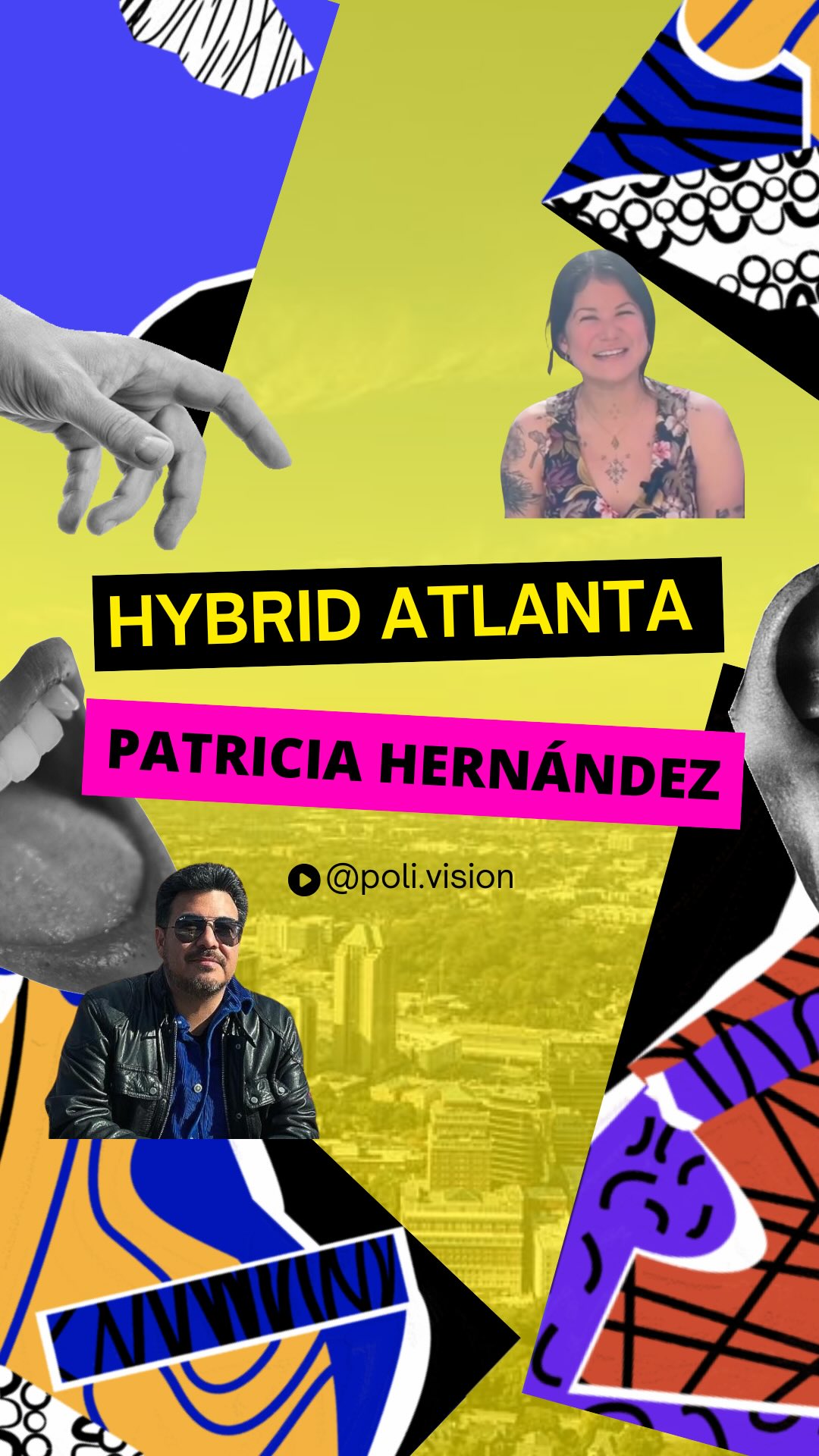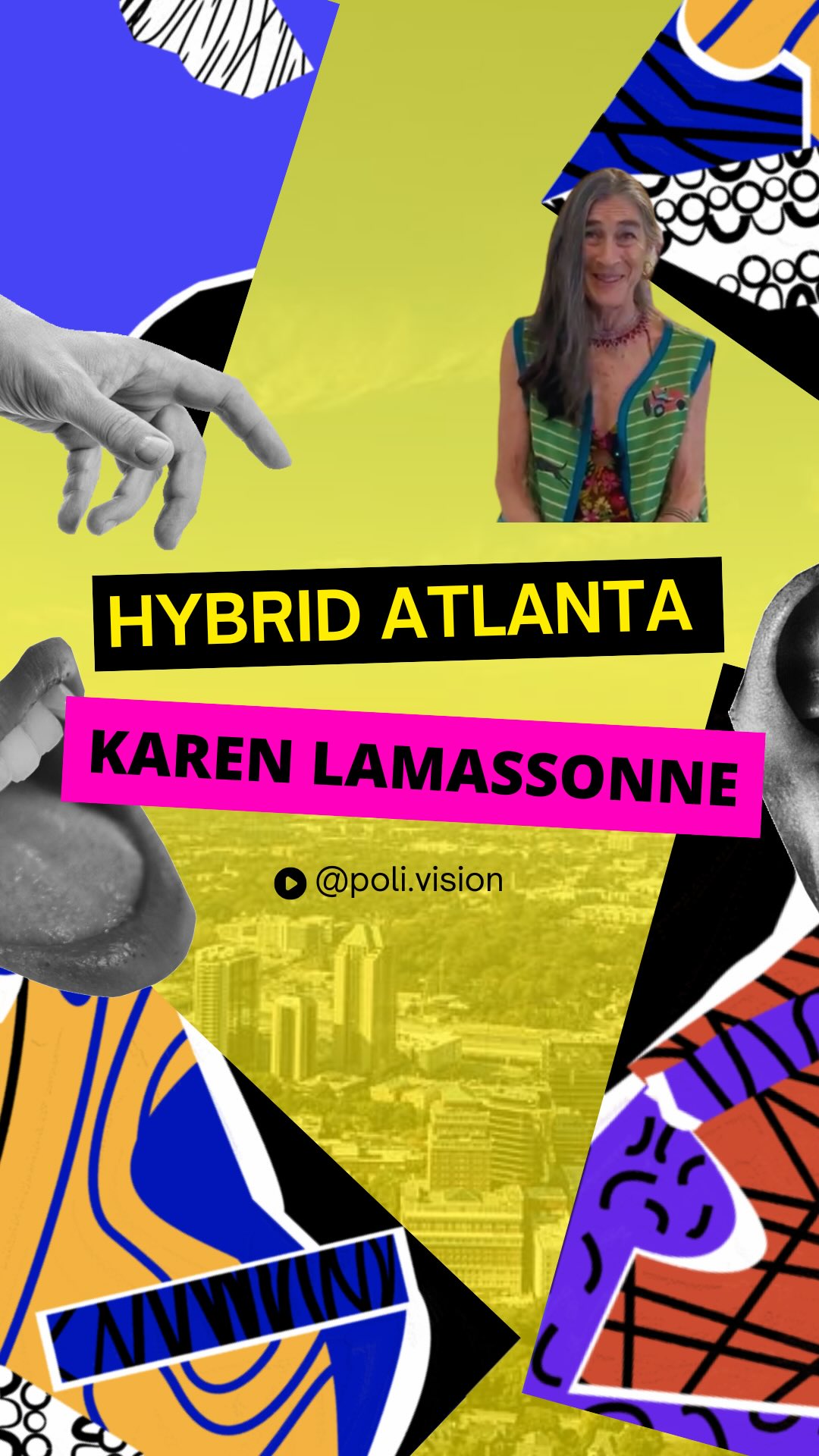During the second decade of the new millennium, several Peruvian artists embarked on musical projects that articulated Afro-Peruvian culture with the sounds of contemporary electronics. Translocal styles such as grime, dubstep, trap and global bass were freely synthesized by these musicians to weave a rhythmic and sonic curtain. Jaws [quijadas] and cajones [a traditional Peruvian percussion instrument] were superimposed to add a local identity to an eminently cosmopolitan sonority. Dengue Dengue Dengue, Tribilin Sound, QOQECA and Shushupe are some of the Peruvian musicians, DJs and producers who enrich electronics today with these local brands of differentiation. Here some essential tracks of this new Afrotronic (By Francisco Melgar Wong).
Durante la segunda década del nuevo milenio varios artistas peruanos se embarcaron en proyectos musicales que articularon la cultura afropueruana con las sonoridades de la electrónica contemporánea. Estilos translocales como el grime, el dubstep, el trap y el global bass fueron sintetizados libremente por estos músicos para tejer un telón rítmico y sónico donde se superpusieron quijadas, cajones y cajitas que le añadieron identidad local a una sonoridad eminentemente cosmopolita. Dengue Dengue Dengue, Tribilin Sound, QOQECA y Shushupe son algunos de los músicos, DJ y productores peruanos que hoy enriquecen la electrónica con estas marcas locales de diferenciación. Aquí algunos tracks esenciales de esta novísima afrotrónica.
1. Dengue Dengue Dengue. “Decajón”
Dengue Dengue Dengue, the most internationally known Peruvian electronics project, opens its most recent album, Zenit and Nadir, with this rhythm of celebration with a bleak bass line of obvious Afro-Peruvian roots. The fractured syncope, a recognizable mark of the cajón’s patterns, resembles a naturalized reflection of British dubstep, although instead of pointing to the dance floor of a metropolitan club, it suggests the night passages that lead to an ancestral ritual.
Dengue Dengue Dengue, el proyecto peruano de electrónica más conocido a nivel internacional, abre su álbum más reciente, Zenit y Nadir, con este ritmo de festejo sobre el que se desplaza una sombría línea de bajo de evidente cuño afroperuano. La síncopa fracturada, una marca reconocible de los patrones del cajón, asemeja un reflejo naturalizado del dubstep británico, aunque en lugar de señalar la pista de baile de un club metropolitano sugiere los pasajes nocturnos que conducen a un ritual ancestral.
2. Shushupe, “Fiebre Voodoo”
DJ Shushupe, famous in Peru for opening the 2019 edition of the Pan American Games in Lima, brings us this track in which the rarefied atmospheres of dubstep are metabolized with a celebration pattern and voluptuous samples of female voices.
DJ Shushupe, famosa en el Perú por abrir la edición 2019 de los Juegos Panamericanos de Lima, nos trae este track en el que las atmósferas enrarecidas del dubstep se metabolizan con un patrón de festejo y voluptuosos sampleos de voces femeninas.
3. Tribilín Sound, “El Alcatraz”
The rhythm of one of the most popular Afro-Peruvian dances is remixed by Tribilín Sound and Rolo Gallardo -guitarist of the popular Bareto group- with the voice of the remembered Arturo Zambo Cavero. Jazz chords on an electric piano processed through a galactic effect give it a suitable finish to fly in the afterparty. Call it Deep Afrotronic, if you wish.
El ritmo de una de las danzas afroperuanas más populares es remezclado por Tribilín Sound y Rolo Gallardo –guitarrista del popular grupo Bareto- con la voz del recordado Arturo Zambo Cavero. Los acordes jazzeros en un piano eléctrico procesado a través de un efecto galáctico le dan un acabado adecuado para volar en el afterparty. Llámenlo Deep Afrotrónica si así lo desean.
4. Qoqeqa, “Uva”
A rhythm of landó and a solid synthesized bass line frame a melody with echoes in the Middle East that serves to build bridges between different musical cultures in the context of contemporary electronics.
Un ritmo de landó y una sólida línea de bajo sintetizada enmarcan una melodía con ecos a medio oriente que sirve para tender puentes entre distintas culturas musicales en el marco de la electrónica contemporánea.
5. Lukro, Youk. “Fuego (Nicomedes Santa Cruz Tribute)”
The synthesis between dubstep and Afro-Peruvian music seems to be the most explored trend in contemporary Afrotronics. In this track, included in the excellent compilation Nueva Ola Pe-Mx, Lukro and Youk sample a well-known tenth of Nicomedes Santa Cruz in which the Africanism of the sixties is used as a kind of prophetic announcement of the global bass cosmopolitanism.
La síntesis entre el dubstep y la música afroperuana parecen ser la tendencia más explorada en la afrotrónica contemporánea. En este track, incluido en el excelente recopilatorio Nueva Ola Pe-Mx, Lukro y Youk samplean una conocida décima de Nicomedes Santa Cruz en la que el africanismo de los años sesenta es usado como una suerte de anuncio profético del cosmopolitismo del bass global.
https://open.spotify.com/track/63SgqV3JxePNRGrKOSatQ5?si=vnQlFHe3TJ2y5eXfUUvhNQ
6. Deltatron, “Hijo del diablo”
Sinking its roots in the 2step/Garage and the British dubstep of the beginning of the millennium, “Hijo del Diablo” is one of the most outstanding tracks of the Ritmo Diablo compilation. Its minimalist melodies, woven with several tracks of xylophone and electric piano, point to a more sensitive route for the syntheses between electronics and Afro-Peruvian rhythms.
Hundiendo sus raíces en el 2step/Garage y el dubstep británico de comienzos del milenio, “Hijo del Diablo” es uno de los tracks más resaltantes del recopilatorio Ritmo Diablo. Sus melodías minimalistas, tejidas con varias pistas de xilófono y piano eléctrico, señalan una ruta más sensible para las síntesis entre la electrónica y los ritmos afroperuanos.
7. Orieta Chrem, “Tigres”
Orieta Chrem, one of the most recognized producers in the Lima tropical bass scene, brings us this track with vocal contours reminiscent of the most sophisticated bossa nova and rhythmic patterns with a strong tribal component.
Orieta Chrem, una de las productoras más reconocidas en la escena limeña de tropical bass, nos trae este track con contornos vocales reminiscentes del bossa nova más sofisticado y patrones rítmicos con un fuerte componente tribal.
8. Don Machete, “El alcatrap”
With a rhythmic pattern that synthesizes tropical bass, grime and trap, this track by Don Machete turns a sample of Afro-Peruvian contour voices into a minimalist and repetitive sonic element that invites one to dance. A track that deserves to be heard at high volume to rumble the walls with its powerful bass line.
Con un patrón rítmico que sintetiza el tropical bass, el grime y el trap, este track de Don Machete convierte un sampleo de voces de contorno afroperuano en un elemento sónico minimalista y repetitivo que invita al baile. Una pista que merece escucharse a alto volumen para hacer retumbar las paredes con su poderosa línea de bajo.
9. Novalima, “Ruperta”
Pioneers of the Lima Afrotronic scene, Novalima adds futuristic textures to a classic Afro-repertoire theme, turning it into a hypnotic electronic loop.
Pioneros de la escena afrotrónica limeña, Novalima le añade texturas futuristas a un tema clásico del repertorio afropruano, convirtiéndolo en un loop de electrónica hipnótica.
10. Elegante y la Imperial, “Lundú Landó”
The voice of Nicomédes Santa Cruz returns from the beyond to give a new meaning to the Afrotronic Lima beats, drawing a stylistic bridge that goes back to the dances of the slaves of the colony while underlining, at the same time, the local brands with which this handful of musicians seek to make a place in the translocal electronic dance music market.
La voz de Nicomédes Santa Cruz regresa del más allá para darle un nuevo sentido a los beats afrotrónicos limeños, trazando un puente estilístico que se remonta a los bailes de los esclavos de la colonia y subrayando, a la vez, las marcas locales con las que este puñado de músicos buscan hacerse un lugar en el mercado translocal de la música electrónica de baile.
*Text and selection by Francisco Melgar Wong (Peruvian music journalist).
*Translation by Samantha Bay and Neta Kanny
*Edited by Paul Alonso

































































